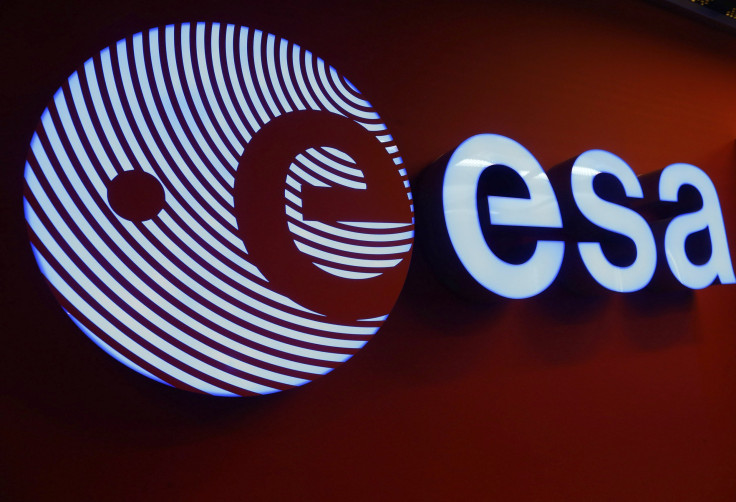ESA’s Rosetta Probe Photographs Comet It Will Rendezvous With Next Month

The Rosetta spacecraft, operated by the European Space Agency, or ESA, has taken new photographs of a comet to reveal new details about the space projectile on which it is scheduled to land a probe next month.
The photos, which were captured by Rosetta earlier this month, reveal that the comet, dubbed “67P/Churyumov-Gerasimenko,” has an unevenly shaped body with a nearly 2.5-mile-wide nucleus that is quickly growing bigger as Rosetta approaches, according to researchers.
“From what we can discern in these early images, 67P is an irregularly looking body,” Holger Sierks from the Max Planck Institute for Solar System Research in Germany said, in a statement.
Rosetta captured the images on July 4 from a distance of nearly 23,000 miles from the comet. And though the comet covers only about 30 pixels of each of the images, they suggest that the comet features a deep hollow and what look like three large structures.

Irregular, elongated and structured shapes are common in small space objects such as asteroids and comets. And, none of the five comets that have been visited by spacecraft have a spherical shape. For example, Comet Hartley 2, which was approached by NASA's Deep Impact probe in 2010, looked like a chicken drumstick, Discovery News reported.
“Rosetta is an ESA mission with contributions from its member states and NASA,” a statement, on the Max Planck Institute for Solar System Research website, said. “Rosetta will be the first mission in history to rendezvous with a comet, escort it as it orbits the Sun, and deploy a lander to its surface.”
Launched in March 2004, Rosetta is scheduled to drop a lander called Philae onto the comet’s nucleus in November. And, according to ESA, Philae will collect samples and take the first-ever photos from the surface of a comet.
Rosetta will orbit 67P for 17 months, during which it will study the comet to help scientists better understand how icy space rocks alter their paths while traversing the inner solar system.
© Copyright IBTimes 2024. All rights reserved.












